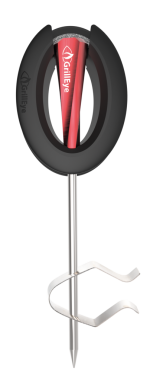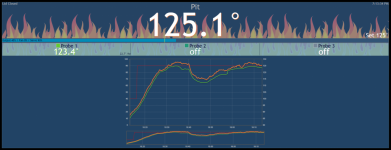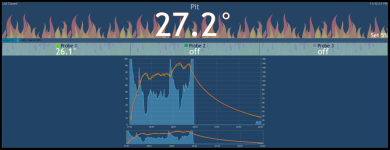Nick - Nick9one1
New member
I'd like to use an inkbird probe as the pit probe.
I can see the latest snapshot firmware includes them, but Byrans comment suggests they aren't accurate over 200F
Is there a reason the correlation cant be done for higher temps?
I have multiple probes, so can run one in the inkbird and heatermeter side by side and measure at small temperature increments?
Or is it much more complicated than that?
I can see the latest snapshot firmware includes them, but Byrans comment suggests they aren't accurate over 200F
[www] Adds support for Inkbird thermistor probes used in models IBT-2X, IBT-4XS, IBT-6X. I calibrated one of these from 45F to 200F and it should be within about 1F across that range. I wouldn't recommend using one for a pit probe because I can not do the correlation up to temps above boiling.
Is there a reason the correlation cant be done for higher temps?
I have multiple probes, so can run one in the inkbird and heatermeter side by side and measure at small temperature increments?
Or is it much more complicated than that?
Last edited:




